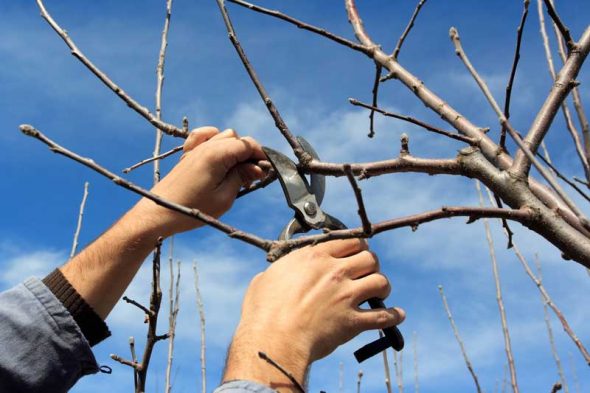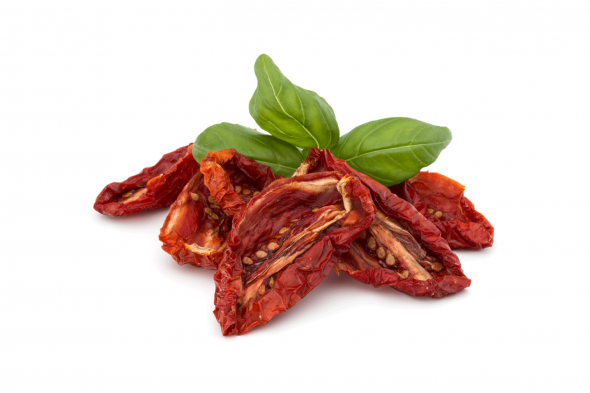Apricot varieties Many varieties of apricots are grown in the Middle and Near East, especially in Turkey. In the United States, most apricots are grown in California, as they do not thrive as well on the East Coast. Among the more common varieties of apricots are the Derby, Moorpark, Royal, and Tilton. In California, two plum/apricot hybrids are sold under the names “plumcot” and “aprium.” Please for more information or...
Iran Apricot Manufacturer Iran Apricot Manufacturer: In early summer apricots mature into a sweet yellow stone fruit. In the first stages, this fruit is green and hard but as it ripens the color turns to yellow or orange with red shades and softens. In order to prevent decay and bruising, they are picked when they are green and not completely ripe. At this stage, they are offered to the market....
Walnut history Walnuts are the fruit of the Jungians regain. It is a Latin contraction of Jives glens meaning regal nut of Jupiter or nut of "the Gods."Ancients believed the gods dined on walnuts, hence regain or regal. Walnut history Origin of the term walnut has debatable origins. Some scholars say the term derives from the Teutonic German wellness or Welch muss and others from the Anglo-Saxon word wealth meaning...
Cultivation and uses of walnut The Persian Walnut was introduced into western and northern Europe very early, (Cultivation and uses of walnut) by Roman times or earlier, and to the Americas by the 17th century. It is cultivated extensively for its high-quality nuts, eaten both fresh and pressed for their richly flavored oil; numerous cultivars have been selected for larger and thin-shelled nuts.The wood is also of very high quality...
Walnut Varieties Of the hundreds of varieties of English Walnuts available - and the many closely related species - we have selected a range suitable for the climate throughout the UK and for the differing purposes which our customers have in mind. Walnut Varieties This amount to several dozen in all, which are listed below. Each entry leads to details on the variety or species. Please for more information or...
Black Walnut Descriptions and uses Black Walnut Please for more information or any inquiry click here …… Distinctive, dark-colored heartwood, as well as tasty and valuable nuts, make black walnut a highly prized North American hardwood tree. walnut is native to the United States, but its numbers have declined significantly. Walnut ( tree , shell , calories , nutrition , protein , wood and oil ) This decline has occurred...
Are Peanuts Good for You? These crunchy legumes may have a sizable amount of calories and fat, but there are some big health benefits, too Whether they’re crushed into butter, eaten right out of the shell, or sprinkled over a salad, peanuts are a popular snack. According to a recent survey of 2,000 adults by market research firm Mintel, 64 percent said they’d eaten peanuts within the past three months....
Sun-Dried Tomato Cooking Tips Sun-dried tomatoes are exactly what their name implies: tomatoes that have been dried in the sun. As a result, the tomato loses most of its liquid content, leaving it shriveled, somewhat chewy, oddly shaped, and dark red. So they either need to be reconstituted, or packed in oil. Once dried, the tomato's flavor becomes much more intense, so sun-dried tomatoes shouldn't be substituted one-for-one in a...
Sun-Dried Tomatoes Selection and Storage Please for more information or any inquiry click here …… Sun-dried tomatoes are a popular salad and pizza topping. Many people find they have a more intense sweet-tart flavor than regular tomatoes. This and their crunch is what makes them so popular in certain dishes. Any type of tomato can be used for dried tomatoes and the flavor will change slightly depending on which variety...
Which dried fruits are popular in India? It is the question we will address in this article. we export pirom dates all about thyme All About Rose And Rose water India is a country located in South Asia, which is a great market for importing and exporting dried fruits and nuts. For example, India is one of the leading countries exporting raw cashew nuts. India also produces and...











 3 kind raisin
3 kind raisin 


